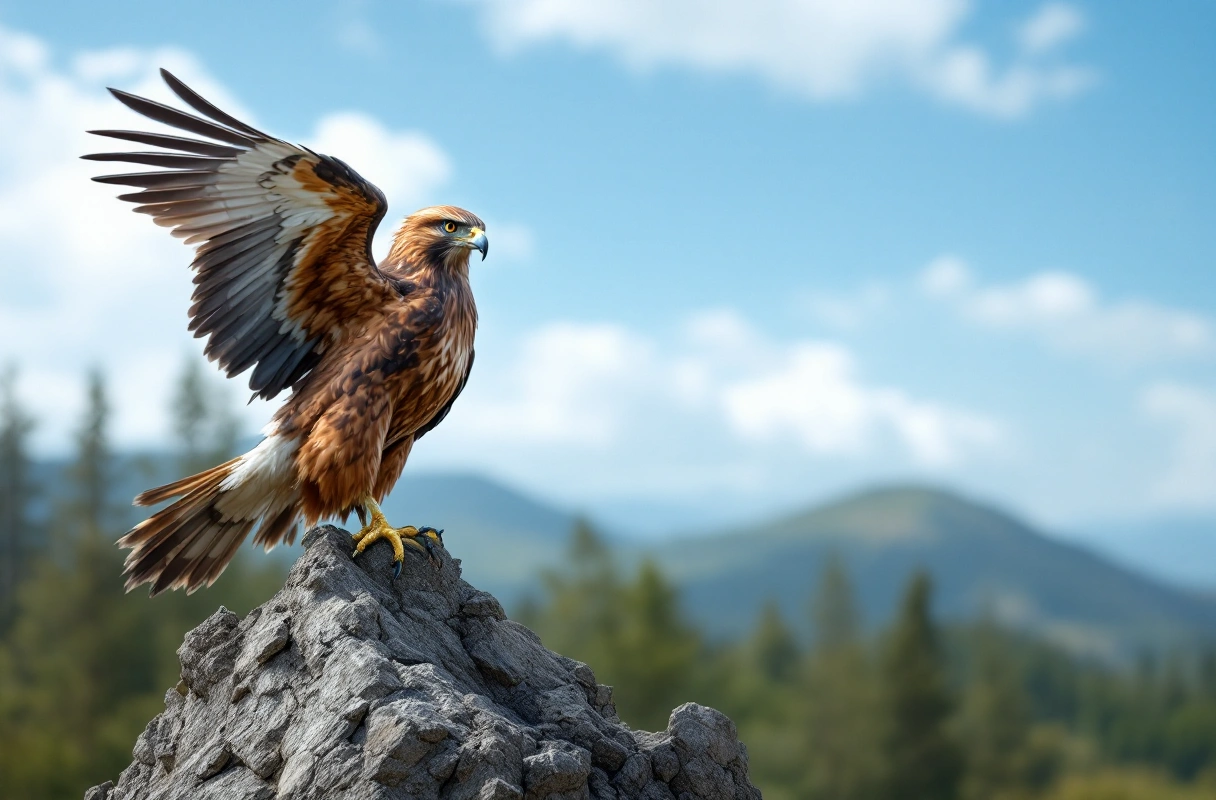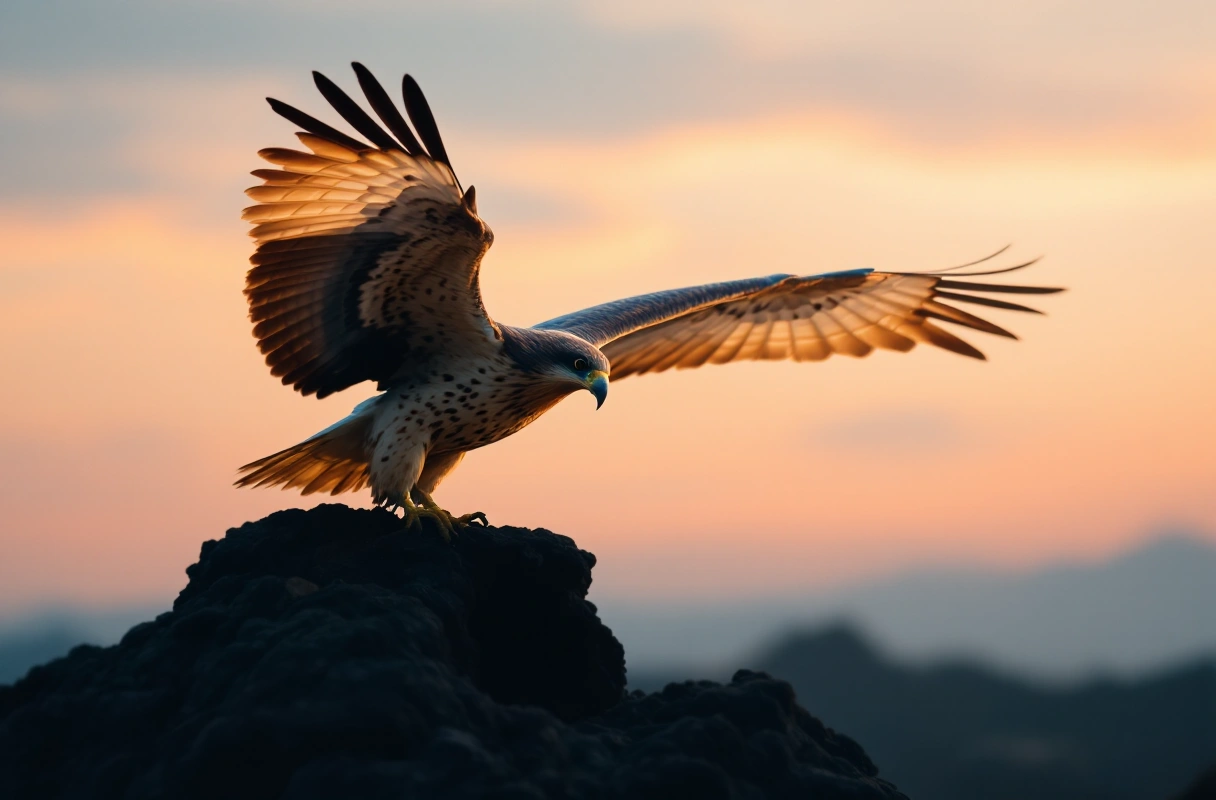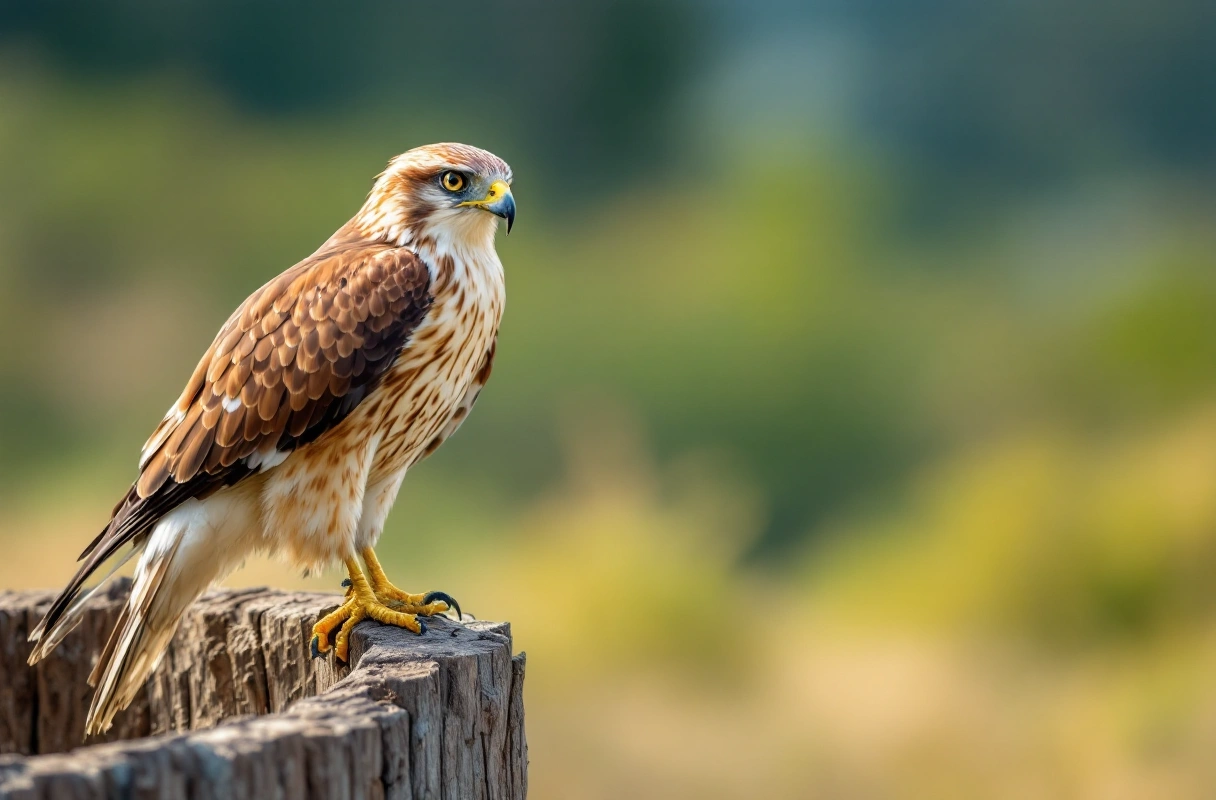
Birds of prey, also known as raptors, are a vital component of ecosystems around the globe. These magnificent creatures play a critical role in maintaining balance within their habitats. As apex predators, they help regulate populations of various species, ensuring that ecosystems function smoothly. From the majestic bald eagle soaring high above to the agile peregrine falcon diving at incredible speeds, each bird of prey contributes uniquely to its environment. This article delves into how birds of prey support ecosystem balance, the importance of raptor conservation, and tips for birdwatching enthusiasts.

Birds of prey are essential for controlling populations of smaller animals, such as rodents, insects, and even other birds. By regulating these populations, they help maintain a healthy balance within their ecosystems. When raptors are present, they contribute to the following ecological functions:
Birds of prey exert a significant influence on the populations of their prey species. For example, studies have shown that the presence of hawks can lead to a reduction in the number of rodents in agricultural areas. This natural control mechanism not only protects crops from damage but also helps prevent the spread of diseases that rodents can carry.
The hunting behaviors of birds of prey contribute to biodiversity within ecosystems. By preying on specific species, raptors help prevent any one species from becoming overly dominant, which can lead to a decline in overall biodiversity.

As vital as birds of prey are to ecosystem health, many species face threats from habitat loss, pollution, and climate change. Conservation efforts are crucial to ensuring that these magnificent birds continue to thrive in the wild.
The threats facing birds of prey are numerous and varied. Some of the primary challenges include:
To combat these threats, several effective conservation strategies are being employed:
Organizations and wildlife enthusiasts can play a significant role in these efforts, advocating for policies that promote sustainable practices and protect natural areas.

For those interested in observing birds of prey in their natural habitats, understanding how to identify different species is crucial. Birdwatching tours can be an excellent way to learn more about these magnificent creatures while enjoying the outdoors.
When trying to identify birds of prey, consider the following characteristics:
If you're eager to spot birds of prey, consider visiting these renowned birding locations:
Understanding raptor migration patterns can enhance your birdwatching experience. Many species migrate seasonally, traveling vast distances to find suitable breeding and feeding grounds.
Raptors typically migrate in response to changes in food availability and weather conditions. Here are some key points to consider:
Birdwatching tours can be an enriching experience for nature enthusiasts, students, and families. These tours not only enhance your ability to identify birds of prey but also foster a deeper appreciation for wildlife and conservation.
Participating in a guided birdwatching tour offers numerous advantages:
When selecting a birdwatching tour, consider the following factors:
Despite their importance, several misconceptions about birds of prey persist. Addressing these can help promote understanding and conservation efforts.
Many people believe that birds of prey are inherently dangerous to humans. While they are powerful hunters, raptors typically avoid human interaction. Understanding their behavior can help dispel this myth.
Another common misconception is that raptors are solitary creatures. While many species do hunt alone, some, like the American kestrel, can be seen in small groups, especially during migration.
Education plays a vital role in the conservation of birds of prey. By fostering a sense of wonder and respect for these creatures, we can inspire future generations to protect them.
Programs that focus on birds of prey can captivate students and encourage interest in science and nature. Activities may include:
The conservation of birds of prey not only benefits ecosystems but also enhances community engagement. Local organizations often collaborate with schools and community groups to promote awareness and conservation efforts.
The Banana Slug Club is dedicated to fostering a love for nature and wildlife among children and families. Through engaging educational programs and community outreach, we strive to instill a sense of responsibility for protecting our natural world.
Birds of prey serve as a gateway to understanding the complexities of ecosystems and the importance of conservation. By learning about these magnificent creatures, individuals can become advocates for their protection. colorful birds serve as a reminder of nature's diversity.
If you are a nature enthusiast, student, or parent looking to inspire a love for the outdoors, consider joining the Banana Slug Club. Visit our website to explore educational resources, upcoming events, and ways to get involved in birdwatching and conservation efforts.
By understanding how birds of prey support ecosystem balance, we can work together to protect these incredible creatures for future generations. Join us in our mission to promote awareness and appreciation for the natural world. Together, we can make a difference.
Get free resources, early access to new features and updates.
No spam. Just fun educational emails!